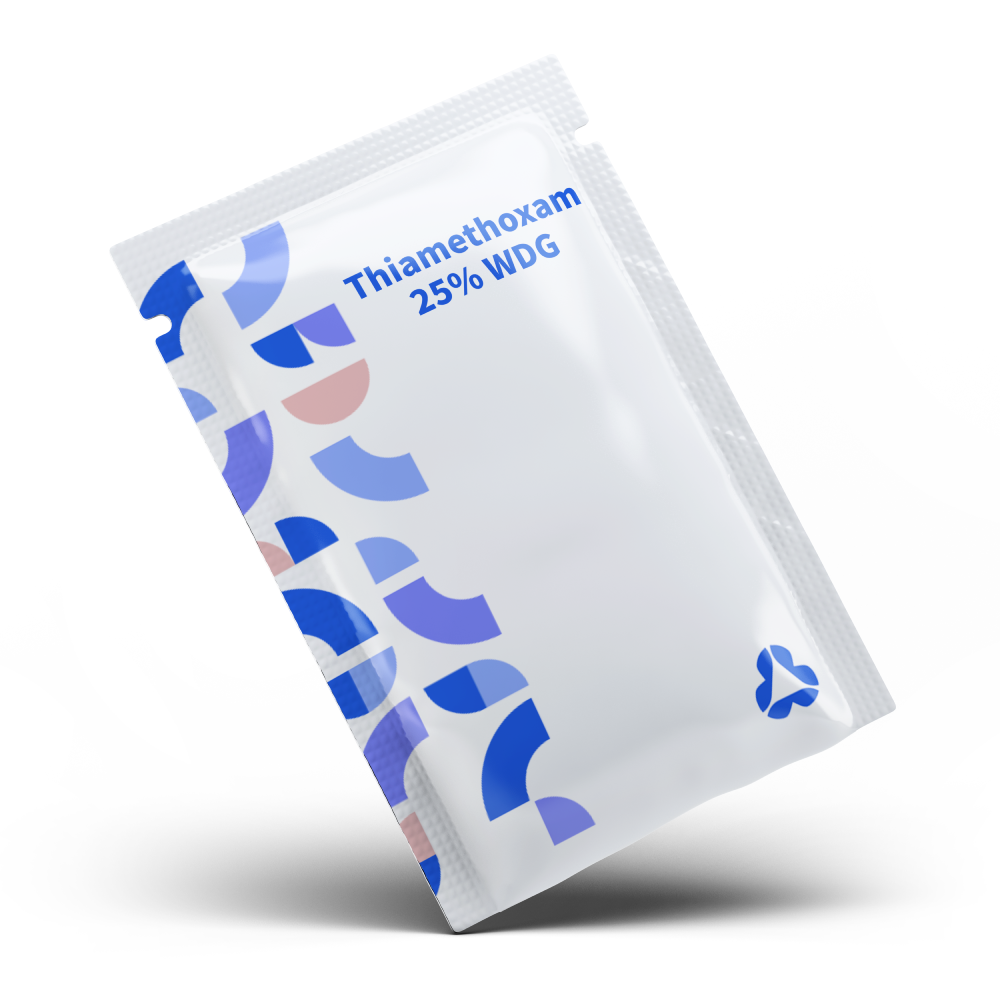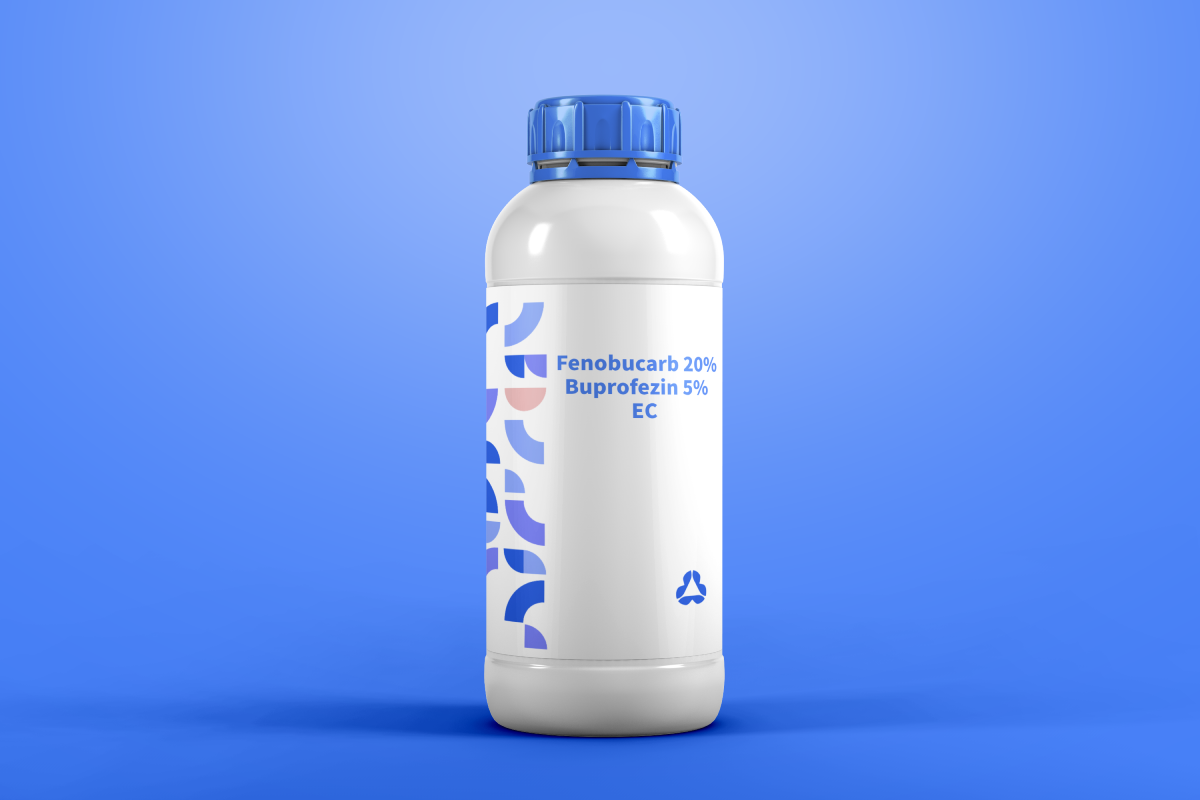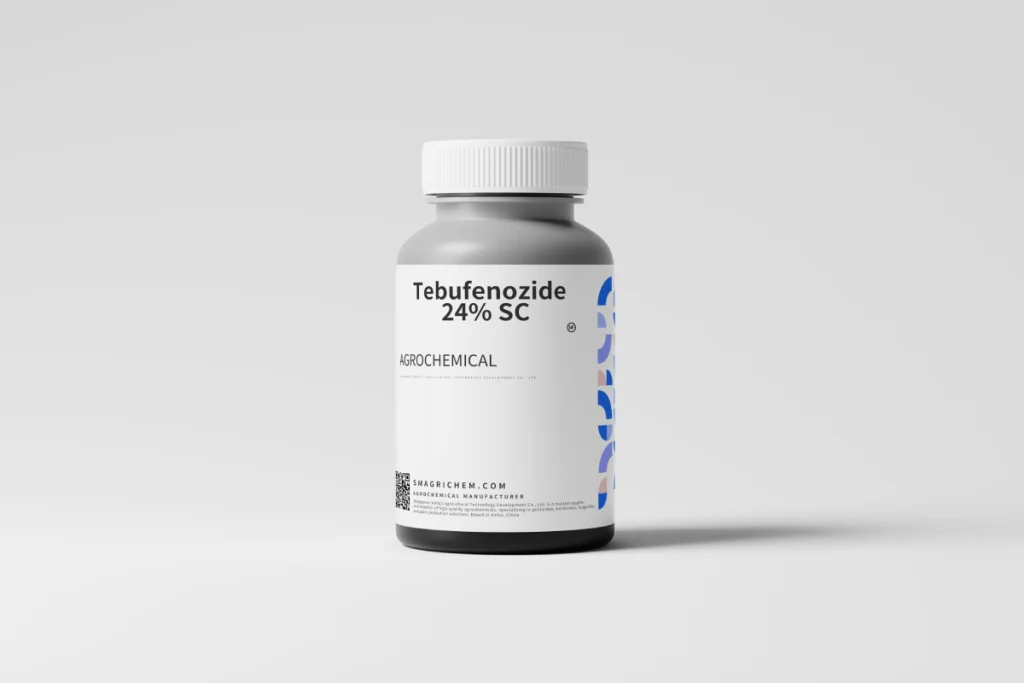Fenobucarb 20% + Buprofezin 5% EC is an innovative emulsifiable concentrate combining contact-kill and insect growth regulator (IGR) actions for comprehensive pest management. This unique formulation effectively controls both adult populations and immature stages of key pests in rice, vegetables, and tea crops.

Thiamethoxam 25% WDG
Thiamethoxam is a highly effective, systemic insecticide from the neonicotinoid family. Known for its rapid absorption and translocation within plant tissues—including to flowers and pollen—it



